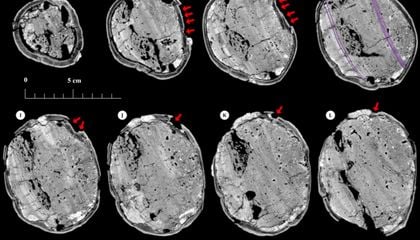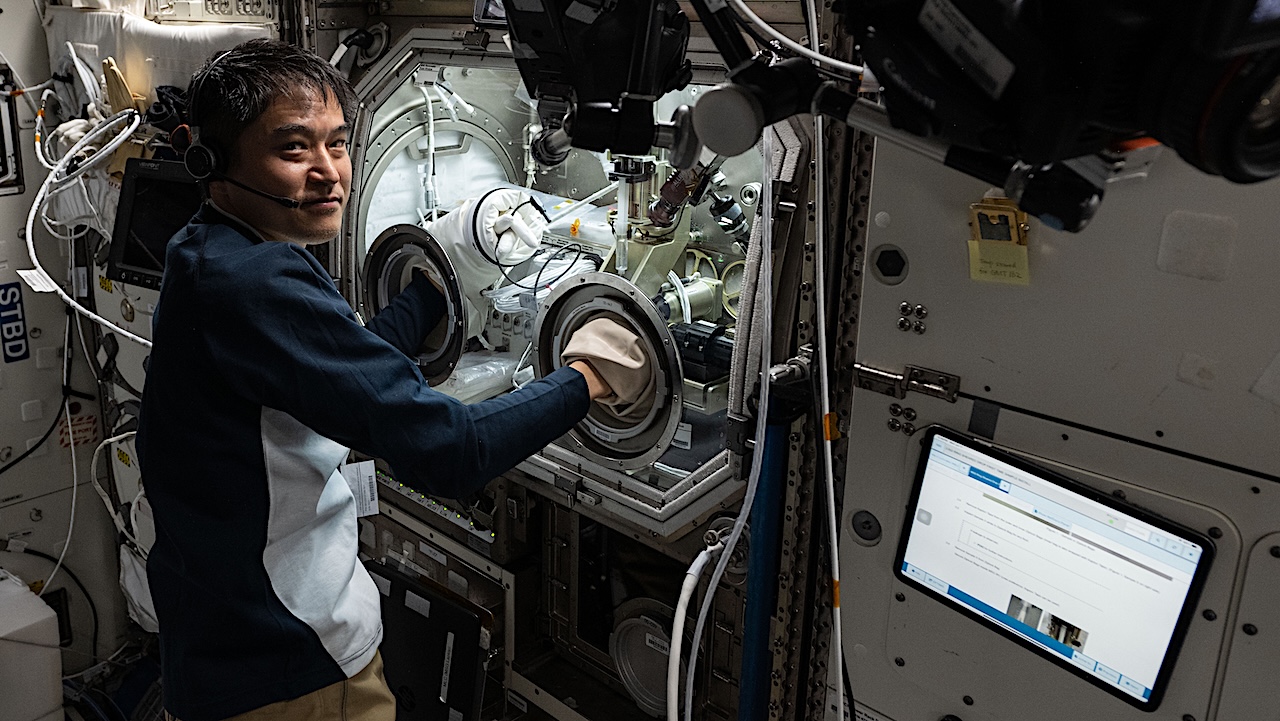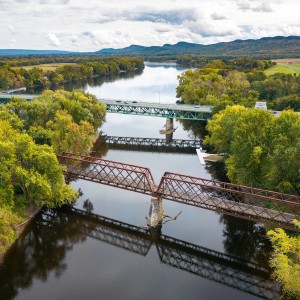A profound archaeological discovery in Iran’s Chega Sofla cemetery has brought to light the 6,000-year-old remains of a young woman, presenting a compelling historical enigma. This significant find, detailed by forensic scientists and archaeologists, offers a rare glimpse into the distant past, challenging our understanding of ancient human existence and the challenges faced in the Neolithic period.
What makes this specific discovery particularly striking is the young woman’s skull, which exhibits a distinctive cone shape. This morphology is not natural but rather the result of intentional cranial modification, a practice widely observed across various ancient cultures for social distinction, tribal affiliation, or aesthetic enhancement. Such modifications speak volumes about the societal structures and cultural norms prevalent in this region of ancient Iran, underscoring the deep-seated human desire for identity and belonging even millennia ago.
Adding a layer of perplexing mystery to her story, the skull also bears compelling evidence of a severe head wound, seemingly inflicted by a blunt object. This critical detail has ignited extensive debate among researchers: was her untimely death the tragic outcome of an accidental blow, or does it point to an ancient act of violence? The forensic science involved in analyzing the bone trauma is crucial for distinguishing between these possibilities, providing invaluable insights into potential dangers and conflicts of prehistoric life.
Beyond the immediate cause of death, these human remains contribute significantly to a broader understanding of human evolution, ancient medical practices, and the daily realities faced by communities in the Neolithic era. The harshness of life in ancient history often meant vulnerability to injury, disease, and conflict, and this particular case provides a tangible, albeit somber, connection to the challenges our ancestors endured.
Researchers are meticulously analyzing the bone trauma and the specific burial context of the find, hoping to uncover more definitive answers about the incident, the woman’s social standing within her community, and the societal dynamics she inhabited. Every fragment of evidence from the Chega Sofla cemetery site is critical in piecing together this ancient puzzle, shedding light on the complexities of interpersonal relations in prehistoric Iran.
This discovery not only adds a unique and fascinating case study to the field of forensic archaeology but also deepens our appreciation for the complex narratives embedded within the ancient past of the Near East. It prompts further investigations into prehistoric human interactions and the diverse forms of human existence, continually enriching our understanding of human history and our origins.
Discover more from The Time News
Subscribe to get the latest posts sent to your email.





